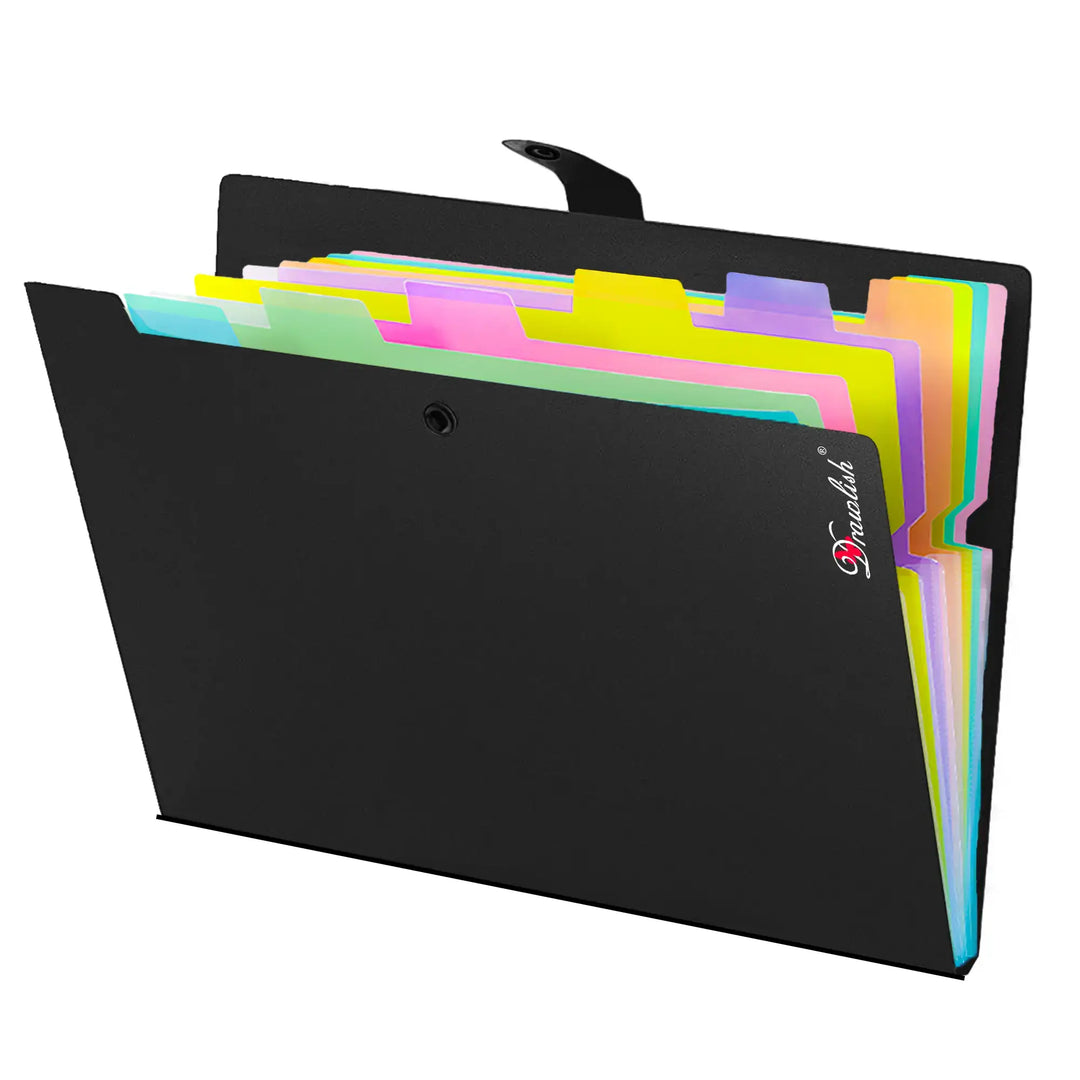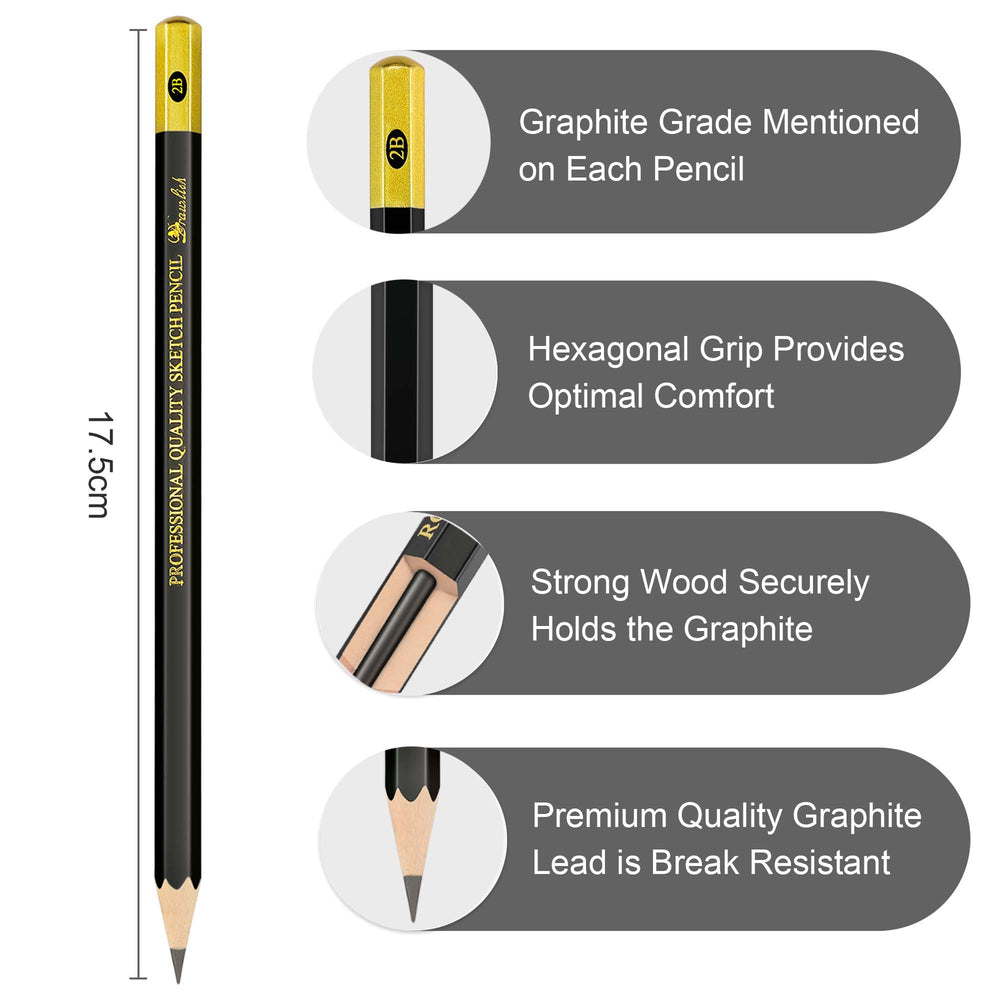Can You Bake Acrylic Paint on Ceramic? What to Know
Acrylic paint is a go-to for many artists, hobbyists, and DIY enthusiasts because of its versatility and ease of use. But when it comes to painting on ceramic, the question arises: Can you bake acrylic paint on ceramic for a lasting, durable finish? The answer is yes, but there’s more to it than simply popping your ceramic piece into the oven. In this blog, we'll explore the ins and outs of baking acrylic paint on ceramic, offering you all the tips and tricks you need to achieve a stunning, long-lasting finish.

Why Bake Acrylic Paint on Ceramic?
Baking acrylic paint on ceramic can transform a delicate piece into a durable work of art. The process allows the paint to bond more securely with the ceramic surface, making it more resistant to chips, scratches, and fading. This technique is perfect for creating functional pieces like mugs, plates, or vases, where durability is key.

What You'll Need
Before you start, gather the following materials:
- Ceramic Piece: Choose an oven-safe item like a mug, plate, or tile.
- Drawlish Acrylic Paint: Opt for high-quality, non-toxic acrylic paint.
- Paint Brushes: Use various sizes for detailed work.
- Oven: A standard kitchen oven will do the job.
- Clear Acrylic Sealer (Optional): For extra protection and shine.
Step-by-Step Guide to Baking Acrylic Paint on Ceramic
-
Prepare Your Ceramic Piece: Clean the ceramic surface thoroughly with soap and water, then let it dry completely. This ensures that the paint adheres properly without any dirt or grease interfering.
-
Apply the Acrylic Paint: Using your paint brushes, apply the acrylic paint to your ceramic piece. Depending on your design, you may need to apply multiple layers. Allow each layer to dry completely before adding another.
-
Let the Paint Dry: Once your design is complete, let the paint air dry for at least 24 hours. This step is crucial to ensure the paint is fully set before baking.
-
Preheat Your Oven: Preheat your oven to 350°F (175°C). Make sure your ceramic piece is oven-safe before placing it in the oven. Never put a cold ceramic piece into a hot oven, as the sudden temperature change could cause it to crack.
- Bake Your Ceramic Piece: Place your ceramic piece in the oven and bake it for 30 minutes. This allows the paint to fully bond with the ceramic surface. Once the time is up, turn off the oven and let the piece cool down inside the oven to avoid any sudden temperature changes.
- Seal Your Work (Optional): For added durability and a glossy finish, apply a clear acrylic sealer once your ceramic piece is completely cool. This step is optional but highly recommended, especially for items that will be handled frequently.

Do’s and Don’ts of Baking Ceramic
| Do’s | Don’ts |
| Do Test Your Ceramic Piece: Before painting, make sure your ceramic item is oven-safe by baking it without paint first. | Don’t Rush the Drying Process: Allow each paint layer to dry fully before applying another or baking. |
| Do Use Thin Layers of Paint: Thin, even layers prevent cracking or bubbling during baking. | Don’t Put Cold Ceramic in a Hot Oven: Always place your ceramic piece in a cold oven and then preheat to avoid sudden temperature changes. |
| Do Clean the Ceramic Surface Thoroughly: Make sure there’s no grease or dirt before you start painting. | Don’t Overbake: Stick to the recommended baking time of 30 minutes to avoid discoloration or damage. |
| Do Allow the Piece to Cool Slowly: Let the ceramic cool in the oven after baking to prevent cracks. | Don’t Skip Sealing (Optional): If you want added durability, especially for functional items, don’t skip applying a clear acrylic sealer. |
Now that you know how to bake acrylic paint on ceramic, it’s time to get creative! Grab your supplies, and get help by drawlish cool guides on finding creative ceramic painting ideas.

Helpful FAQs for Your Ceramic Painting Projects
We've answered some common questions and concerns about using acrylic paint on ceramic, along with a guide to baking and sealing your creations.
Q1. Can Acrylic Paint Pens Be Used on Ceramics That Will Be Used for Food or Drink?
A1. Acrylic paint pens can indeed be used on ceramics, but there's an important consideration if you plan to use the painted item for food or drink. Most acrylic paints are not food-safe, meaning they could be toxic if they come into direct contact with food or beverages.
If you’re decorating a mug, plate, or bowl, it’s best to use Drawlish acrylic paint markers and acrylic paint which are non toxic. Alternatively, use a food-safe sealant over your design, it’s wise to keep the painted areas on the outside of the item.

Q2. If I Am Baking a Ceramic Mug That Was Painted With Acrylic Paint That Has Already Dried for Over 48 Hours, Do I Need to Place the Cup Upside Down in the Oven?
A2. There’s no need to place your ceramic mug upside down in the oven. In fact, it’s recommended to place it upright, as this is the position it will naturally be used in. Placing the mug upside down could cause the paint to shift or drip if it wasn’t applied evenly. Baking the mug upright ensures that the paint bonds properly to the ceramic surface without any distortion.
Q3. How Long Can You Bake Acrylic Paint on Ceramic?
A3. For the best results, you should bake your acrylic-painted ceramic piece at 350°F (175°C) for about 30 minutes. This duration is usually sufficient for the paint to bond securely with the ceramic.
After baking, turn off the oven and let the piece cool down inside to avoid any cracks from sudden temperature changes. Overbaking isn’t recommended, as it could lead to discoloration or damage to both the paint and the ceramic piece.
Q4. How to Seal Acrylic Paint on a Ceramic Mug & Plates?
A4. To ensure your painted ceramic mug lasts, sealing the paint is a crucial step. A clear, non-toxic acrylic sealer can be applied once the paint has fully dried and after baking. The sealer will protect your design from wear and tear, as well as from potential damage when washing. For a detailed step-by-step guide on how to properly seal acrylic paint on a ceramic mug, be sure to visit the Drawlish blog "How To Seal Acrylic Paint On Ceramic Plates"







Leave a comment